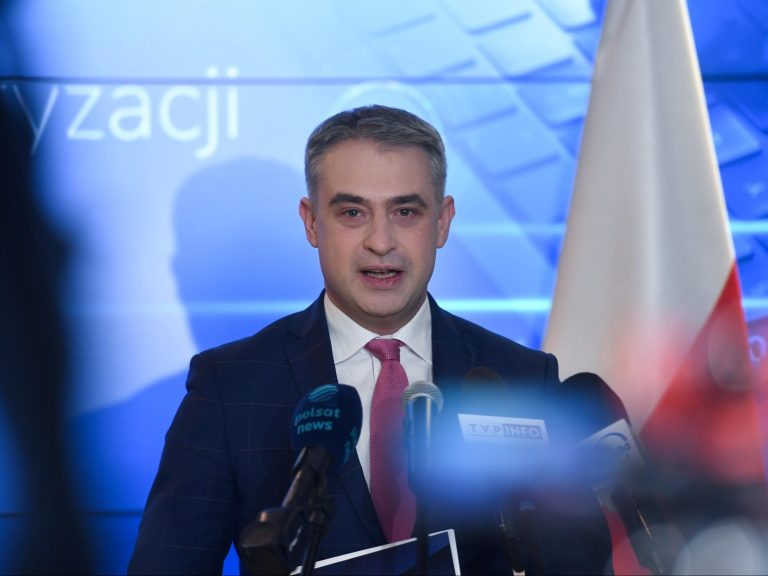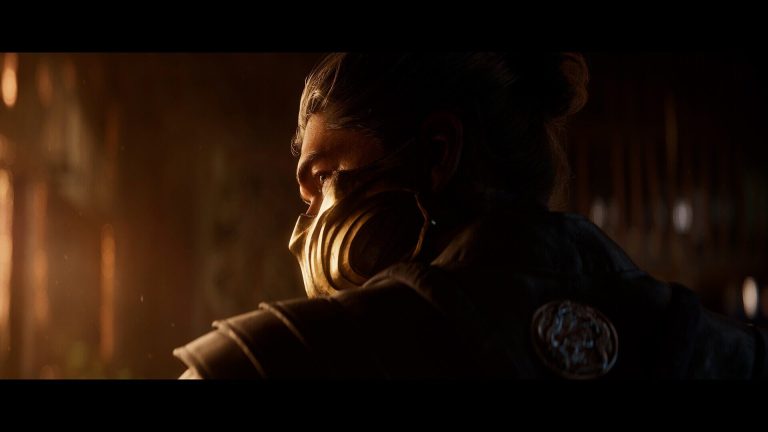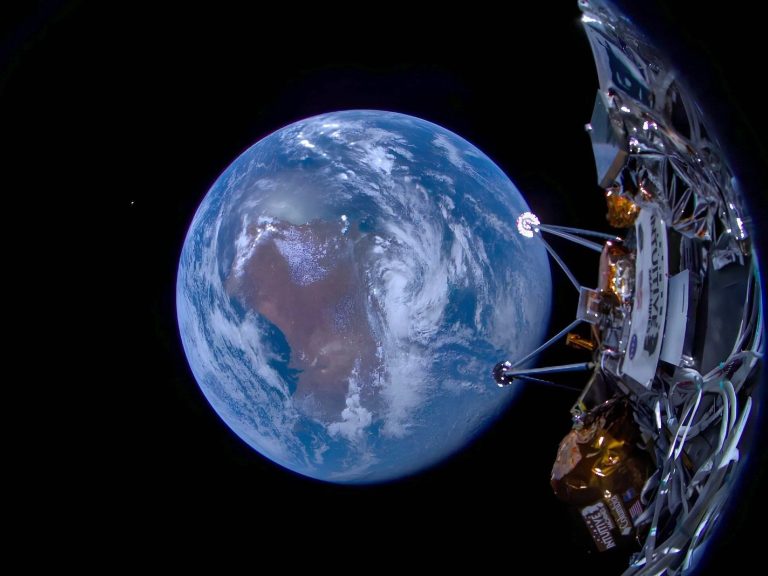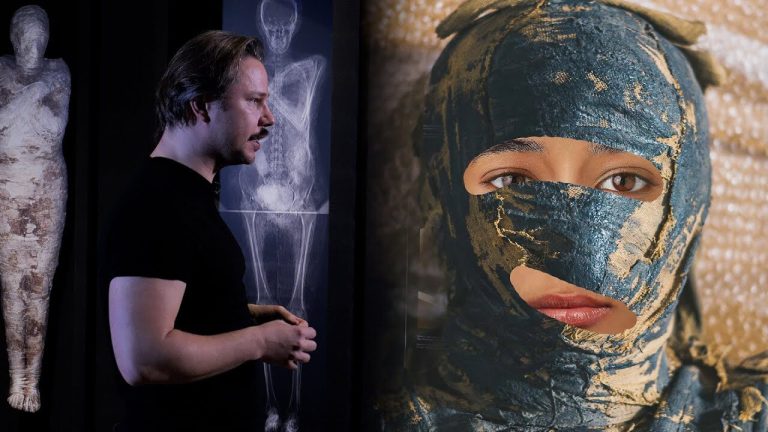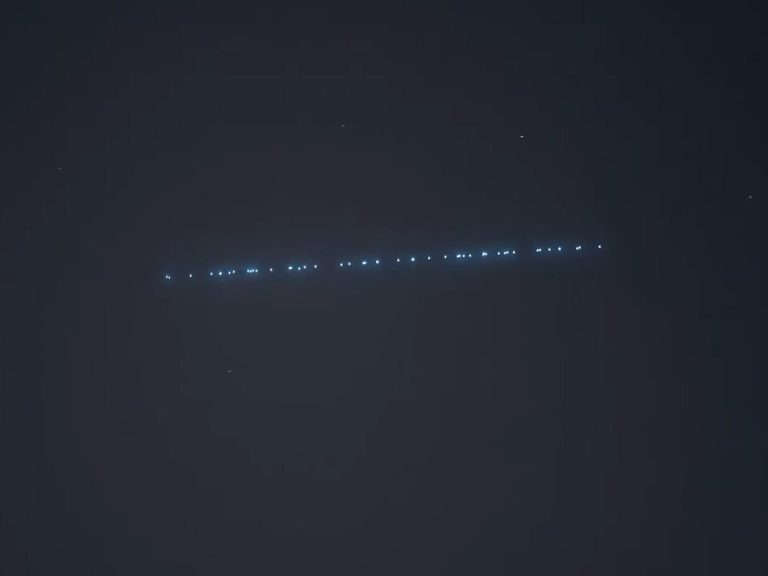Where business meets science. How do Technology Transfer Centers work?

A camera enabling 3D measurement, ecological perfume without the addition of alcohol, or modern technology for renovation of pipelines – each of these projects was created at the Polish University of Technology, but the work of scientists did not stay behind the walls of the university. Although the road to commercialization was not easy, the activities of the researchers found application in business. This was possible thanks to the Technology Transfer Centres.
A team of scientists works on a technology, and a company from a given industry buys a license from them to multiply its profits. Sounds sensible, because then everyone deals with what they know best. In reality, however, it is not so simple. Along the way, the parties encounter the problem of establishing a relationship, i.e. connecting the right company with a given research project, setting the assumptions for cooperation and their implementation, signing contracts, delivering documents, subsequent stages of negotiations, deadlines, settlements … Even the best minds do not know everything they won’t have time for it.
– At the Poznań University of Technology, we have CTT dealing with direct commercialization – the sale and licensing of rights to the results. We have a special purpose vehicle Politechnika Innowacje – a tool for acquiring shares in spin-off companies, which in its business model also assumes the possibility of providing services. We have a statutory Commercialization regulations and procedures based on them (developed and introduced by the rector’s order), and finally we have the experience and good will to go with the scientist through the next stages of commercialization; shoulder to shoulder, and if necessary – maybe even a little forward. But only a little, because the participation of a scientist in the commercialization process is necessary: when you need to develop an offer for a potential contractor, when you need to explain to him or us the technical details of the solution – says “Wprost” Paulina Szewczyk, director of the Technology Transfer Center of the Poznań University of Technology.
Commercialization of science. What are CTTs?
The expert adds that the entire commercialization process, from the scientist’s point of view, carries a relatively low risk. It should be taken into account that the investor may withdraw during the talks, which, however, is nothing strange when conducting negotiations. Situations where a company gives up on the last straight are extremely rare. However, researchers turn out to be indispensable for implementation, and their knowledge is necessary to move to the next stage.
In this matter, apart from the time spent, universities bear much more serious consequences. They, as the owners of the rights, must protect themselves properly, value the intellectual property, demonstrate that the use of research infrastructure over external objects must be paid. – It is difficult to understand business, while taking care of the creator and protecting the interests of the university – admits Paulina Szewczyk.
Although the openness of business to cooperation with universities is still not at a satisfactory level, it has been changing over the years. It is worth noting that the first unit of this type was the Technology Transfer Center in Wrocław, which was established in 1995. We are talking about CTT here, because the history of intellectual property management and the tradition of promoting inventions in Poland dates back to the 1960s.
Polish technologies worth millions
In order to realize the scale with which we are currently dealing, one should recall the data of the Agreement of Academic Centers for Technology Transfers (PACTT), i.e. a nationwide association of university units dealing with the management and commercialization of intellectual property. Established in 2015, the agreement has 82 universities and institutes, and its catalog of innovations includes over half a thousand offers. These include know-how, software, patents, as well as utility and industrial designs. The Warsaw University of Technology alone has almost 400 active exclusive rights, with 119 national and 10 international rights in 2022, and currently about 20 proceedings for protection of inventions abroad.
Commercialization means people and an idea, and the multitude of research projects that result in solutions ready to be implemented in business gives a lot of room for maneuver. Then how does CTT acquire partners?
– The result of scientific activity that we will present – together with the scientist – should be presented in a way that grabs the entrepreneur’s heart and wallet, justifying the investment. After all, the idea itself, without effective implementation, has no value. Success requires many conversations. We missed the energy of the latter in the fair spaces in recent years the most. Fortunately, we have returned to one of the good practices, which are meetings with representatives of the socio-economic environment of the university during the largest events, taking place mainly on the premises of the Poznań International Fair – explains the director of the CTT of the Poznań University of Technology and admits that the projects that the university has already completed show that the lack of schemes is the most frequently observed phenomenon in science-business cooperation.
College spin-offs
One of the most interesting examples of effective (and impressive) cooperation between the Poznań University of Technology and business is the implementation of the technology of renovation with the Coverlan material, which is a response to the challenges of the water supply and sewage market. The technology of applying the Coverlan hybrid composite for renovation of pipelines was developed in the course of a project co-financed from EU funds under the Smart Growth Operational Program (OP IR). The method was successfully implemented, expanding the commercial offer of the university’s partner.
The breakthrough of the developed product – a quick-curing coating based on polyurea resins reinforced with microfibers from basalt rocks – consists in obtaining a protective layer of appropriate thickness inside the pipe, ensuring both the required stiffness and flexibility. Sounds complicated? In practice – because this is what it is all about – this solution makes it possible to use the composite for the regeneration of water pipes without the need to excavate, which allows to reduce the costs and time of modernization of old networks. However, it is not only savings, because this method reduces social nuisances, such as noise or traffic difficulties.
The university also has experience in creating spin-off companies, i.e. those created by separating from the parent unit. Politechnika Innowacje, a special purpose vehicle of the Poznań University of Technology, became a shareholder of Mucha at the end of March 2022 to actively support a start-up of scientists from the university in the development of a unique spatial image recording technology.
A camera to recreate the world in virtual reality
Light field cameras enable a more complete, in relation to traditional cameras, registration of the surrounding world for the needs of virtual reality. Thanks to a special multi-lens construction, the camera records not only information about the intensity of light, but also information about the direction from which individual rays of light reach it. This allows for a full reconstruction of the surrounding world in virtual reality.
Numbers prove that not every scientific project is suitable for commercialization. According to the data provided by the Technology Transfer Center at the Wrocław University of Science and Technology, 1,170 studies were discussed with scientists in the years 2014-2021. After the initial selection, 360 projects were selected, an in-depth analysis of the potential limited them to 228. Of these, 202 were presented as technological offers, while 85 technologies or inventions were commercialized.
– The first stage is the monitoring of the research activity of WUST scientists and emerging research results that are potentially suitable for practical applications. There are two ways of obtaining information on research results by the CTT: the formal procedure of submitting newly developed technologies/inventions by scientists and the so-called scouting, i.e. current meetings of CTT employees with scientists in order to obtain information about the latest (not yet reported) results – says “Wprost” Dr. Jacek Firlej, director of the Wrocław Center for Technology Transfer.
How to find a research project implementation potential?
The expert points out that one of the possibilities during the commercialization procedure is to increase the implementation readiness of selected research results (within the available funds), e.g. construction of prototypes, pre-implementation tests in conditions close to real or tests for compliance with the standard.
Dr. Eng. Jacek Kasz, director of the Technology Transfer Center of the Cracow University of Technology, explains that some research teams use the support of his unit for each new project. – For over 7 years, our best incentive tool has been the Innovation Incubator project (currently in its 4th edition). As part of it, we co-finance pre-implementation works. This allows us to identify and develop the most interesting projects carried out at the university, characterized by high market potential. At each of the university’s 8 faculties, we also have our own man – a technology scout. It is a link between scientists focused on a given scientific discipline and the Technology Transfer Center of the Cracow University of Technology. It helps us identify research projects with high implementation potential – he adds.
Although the activity of the CTT in the matter related to the commercialization of research results supports only scientists from the university at which he works, the unit at the CUT also deals with many other activities. – For over 20 years, it has been a member of the Enterprise Europe Network, within which it offers support to micro, small and medium-sized enterprises from south-eastern Poland in acquiring business partners and funds for development. Employees of other universities and external entities from our region who would like to obtain a project from the Horizon Europe program can also count on the help of CTT CUT. Support in this area is provided by the Horizontal Contact Point, which has been operating as part of CTT CUT for 25 years, said Dr. Eng. Jack Kash.
Ecological perfume and destroyer of microbes
The Technology Transfer Center of the Cracow University of Technology can boast of 82 companies founded thanks to their help, 96 technology transfers and a base of 37,000. customers. Among the latest solutions, ecological cosmetics, which were developed in the CUT laboratories and are now available in stores, deserve special attention.
A team of researchers from the Cracow University of Technology, in cooperation with the Finea company, developed ecological perfumes without the addition of alcohol, water-based, with allergen-free fragrance compositions. The method of obtaining alcohol-free perfumes in the form of an oil-in-water (O/W) nanoemulsion has been patented in Poland and submitted for patent protection in Europe. The invention from PK has already been implemented in foreign markets under the Tiyati perfume brand. They can be used by people with allergies, allergic to products currently available on the market (due to the presence of ethanol, which can irritate or sensitize the skin) or who cannot use alcohol-based perfumes for religious reasons (e.g. residents of Arab countries). The lack of alcohol in the composition of the perfume affects not only the safety of the product and its competitive price, but also enables the free movement of goods abroad by any means of transport.
In turn, in 2022, at the Warsaw University of Technology, the spin-off company ADJ Nanotechnology Sp. z o. o., receiving the Economic Award of the President of the Republic of Poland and a distinction in the Polish Product of the Future 2022 competition. The research and scientific team has developed an innovative physico-chemical engineering product that allows you to destroy harmful microorganisms on virtually any surface. Bioactive nanoparticle composites applied in the form of a durable coating eliminate viruses, bacteria and fungi, ensuring sterility of places particularly exposed to the spread of microorganisms.
– The economic environment is more and more aware of the existence of Technology Transfer Centers in the so-called innovation ecosystem. It is often from us that the search for technologies with implementation potential begins. The results are measured in zlotys on the accounts of universities, units and creators. Not to mention the non-financial effects – sums up Paulina Szewczyk, director of the Technology Transfer Center at the Poznań University of Technology.

